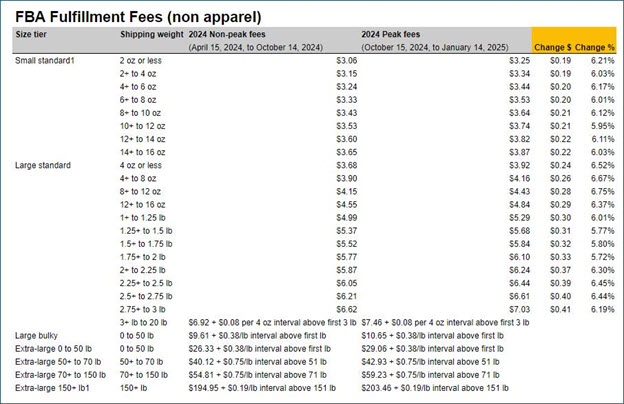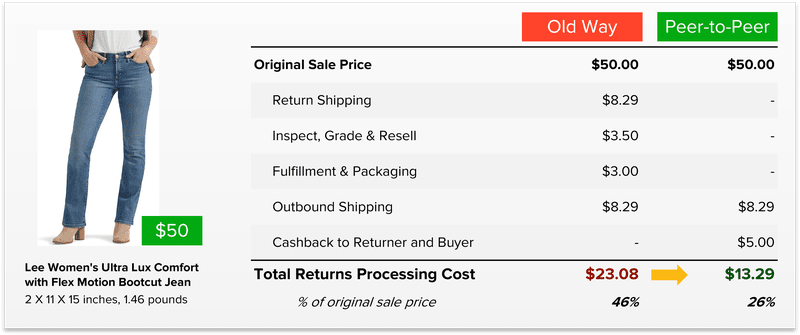Amazon FBA Peak Season Fees: A Deep Dive

Last updated on December 03, 2024

In this article
 3 minutes
3 minutes
Amazon’s FBA peak season fees have become a significant factor for sellers operating on the platform. With fulfillment fees increasing by 6% and storage fees nearly tripling during peak periods, it’s essential to understand the implications and explore alternative strategies.

A Historical Perspective
Peak season fees on Amazon have been a recurring phenomenon for several years. As the platform’s popularity has grown, so has the demand for its fulfillment services. To accommodate the increased volume of orders, Amazon has implemented peak surcharges to offset the additional costs associated with hiring seasonal workers, expanding warehouse capacity, and optimizing logistics.
Comparing to Competitors
While Amazon’s peak season fees might seem steep, comparing them to other e-commerce marketplace platforms is worth it. Walmart Fulfillment Services, for instance, also increased its storage fees during peak periods but did not raise fulfillment fees. This suggests that Amazon is more aggressive in passing the costs to sellers.
Peak Season Surcharges
Given Amazon’s reliance on seasonal workers to handle the peak demand, peak season surcharges will likely continue for the foreseeable future. As long as the platform experiences significant growth during holiday periods, Amazon must ensure it can efficiently fulfill orders.
Strategies for Managing Peak Season Fees
While peak season fees can be a challenge for sellers, there are several strategies to mitigate their impact:
- Optimize Inventory Levels: Carefully forecast demand and adjust inventory levels accordingly. Overstocking can lead to higher storage fees, while understocking may result in lost sales.
- Consider Alternative Fulfillment Options: Explore options like Seller Fulfilled Prime (SFP) or outsourcing to third-party logistics (3PL) providers. SFP allows you to fulfill orders yourself while offering Prime benefits to customers. 3PL providers can often offer competitive rates and flexible solutions, especially during peak seasons.
- Negotiate with Amazon: If you have a significant sales volume on Amazon (8 figures or more), consider negotiating with the platform to secure more favorable terms or discounts.
- Diversify Sales Channels: Reducing your reliance on Amazon can help mitigate the impact of its peak season fees. Explore other sales channels, such as your website or marketplaces like eBay.
- Offer Promotions and Discounts: Encourage early purchases by offering promotions or discounts during non-peak periods. This can help reduce the inventory you need to store during peak season.
The Role of 3PL Providers
Third-party logistics providers can be valuable for sellers looking to reduce peak season fees. By outsourcing fulfillment to SFP-ready 3PL providers like Cahoot, you can offer free, fast delivery of your products on Amazon and other channels while avoiding additional peak season surcharges. 3PL providers can also help with inventory management, order fulfillment, and returns processing.
Conclusion
Amazon’s peak season fees are a reality that sellers must navigate. By understanding the factors driving these fees and implementing effective strategies, you can minimize their impact on your business. Whether you choose to optimize your inventory, explore alternative fulfillment options, or negotiate with Amazon, it’s essential to proactively address these challenges and ensure your long-term success on the platform.

Up to 64% Lower Returns Processing Cost


